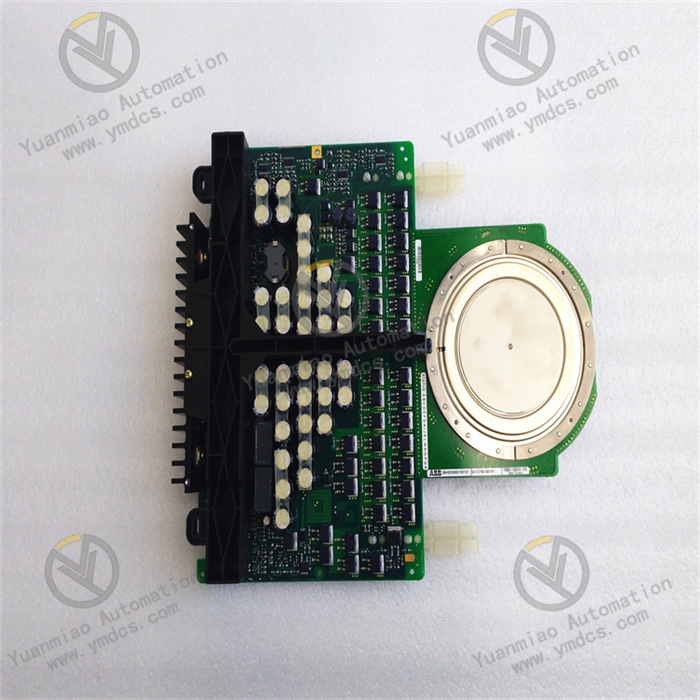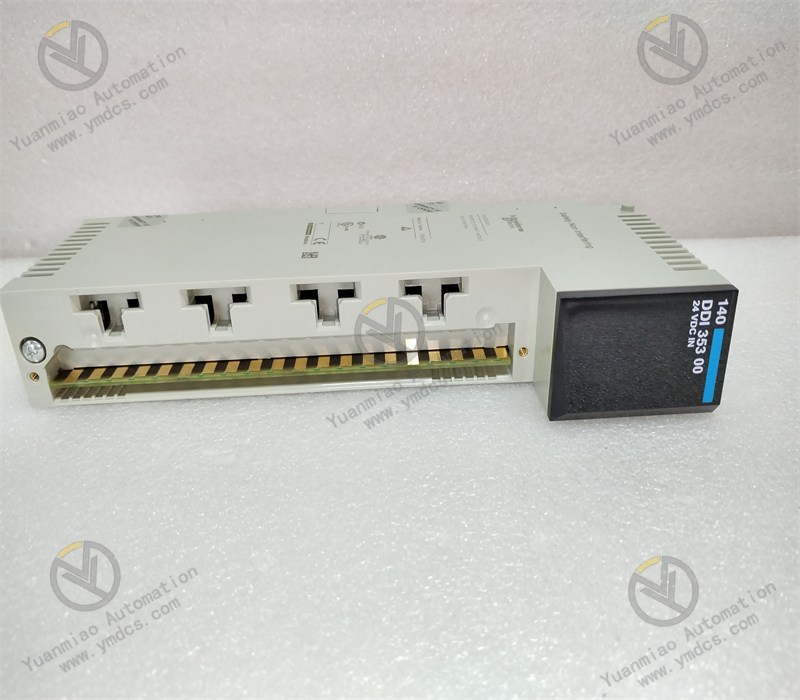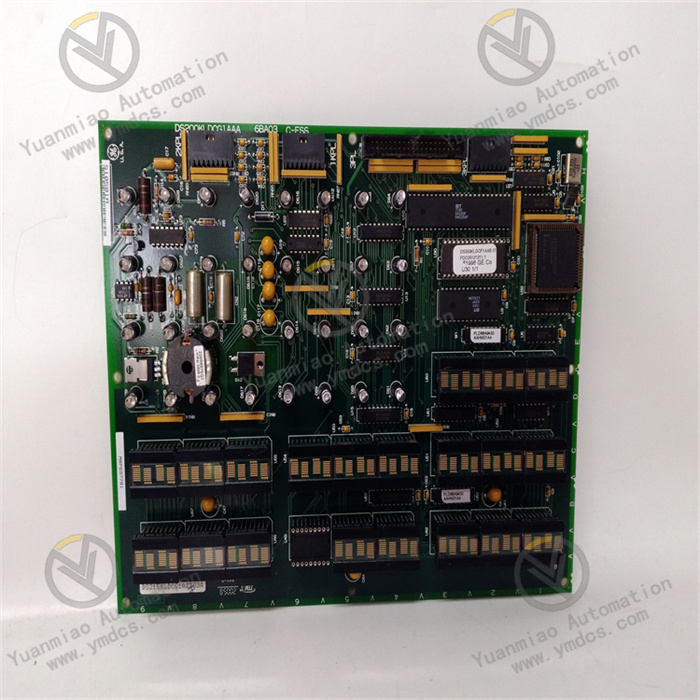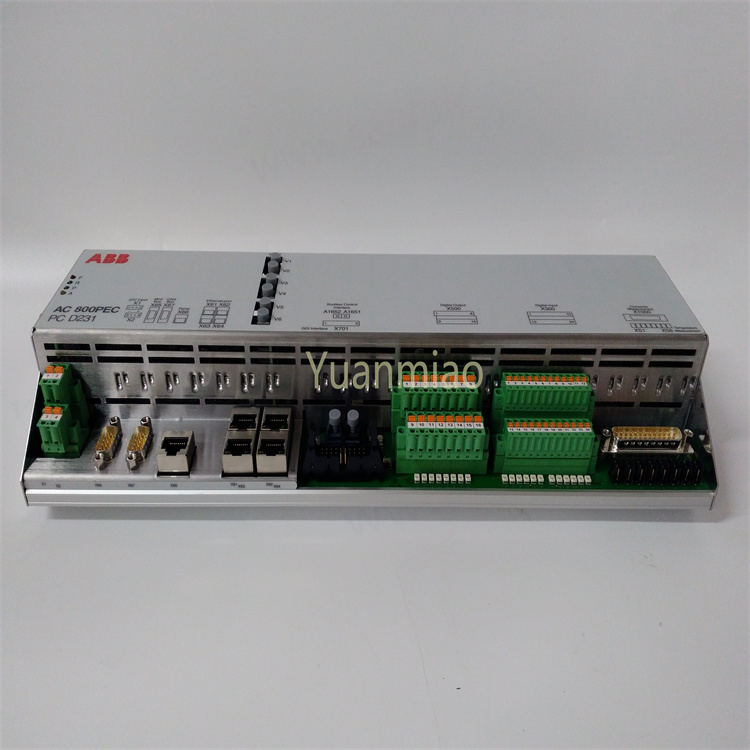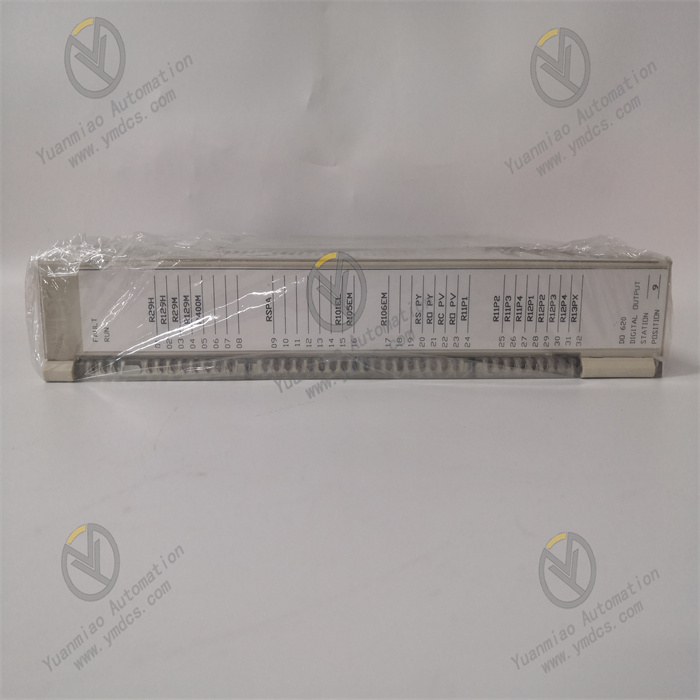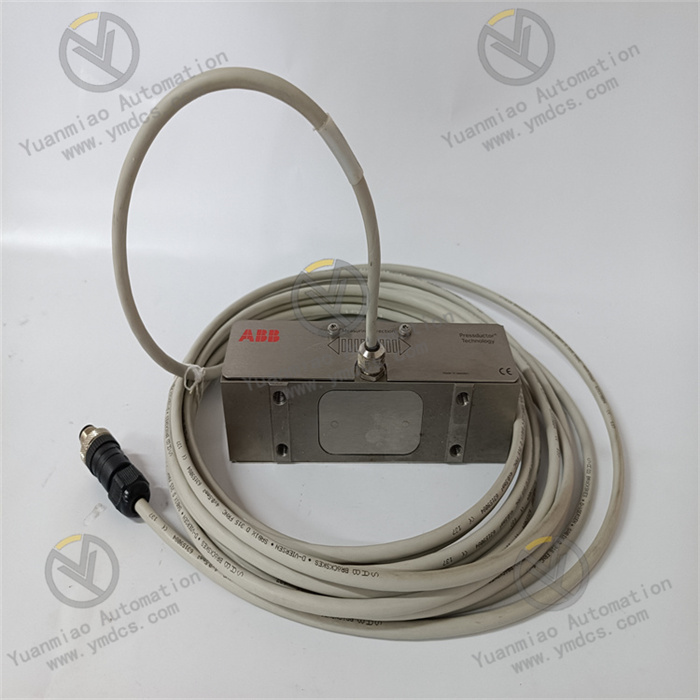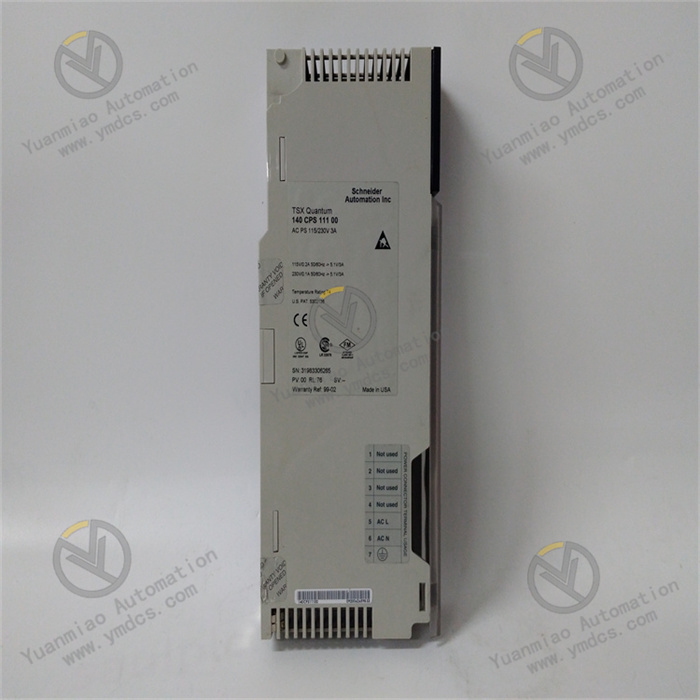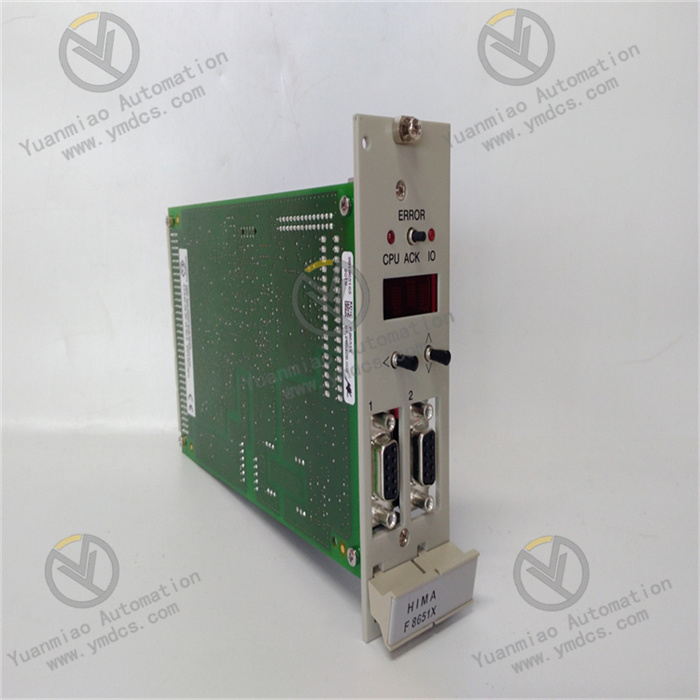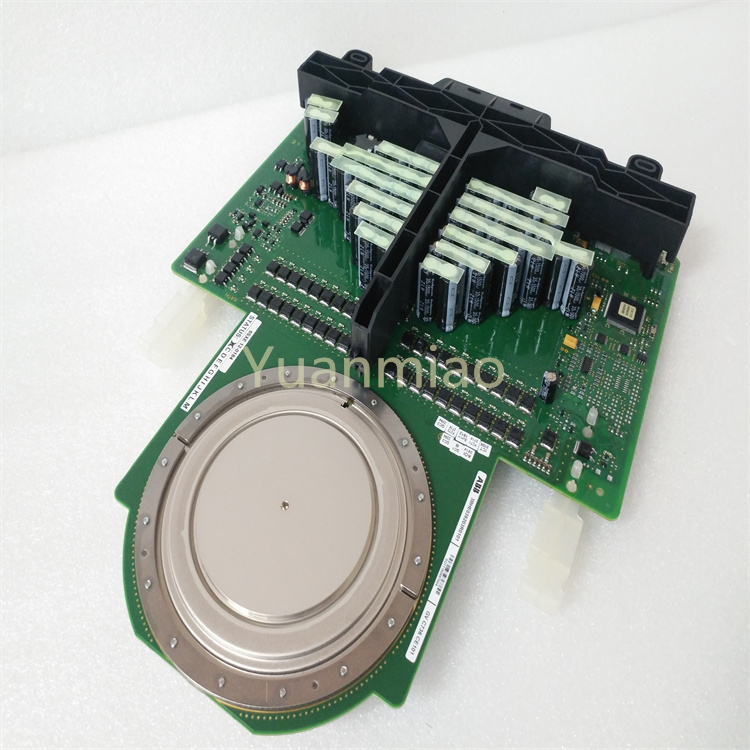Description
DS200TCPDG1BEC is a power distribution board developed by GE under the Mark V series. There are 36 fuses, 8 toggle switches, and 4 signal wire terminals on the Board.
There are also 36 OK LEDs and 1 10-pin connector. The GE Power Distribution Board DS200TCPDG1BEC is outfitted with 36 fuses housed in black plastic housings.
- The fuses are located vertically in the canisters and are easy to access and replace when necessary. To replace a fuse on the board, open the canister by twisting the top. For ease of use, the top remains attached to the canister. Remove the fuse from the canister with your thumb and one finger.
- It is best practice to discard the blown fuse so that it is not accidentally inserted into a canister on the board again. To replace a fuse, align it with the opening and drop it into the canister. The fuse can be inserted into the canister from either end. Close the canister by twisting the top on it. Because the fuse is inside the canister, a visual inspection of the fuse is not possible to determine if it is blown and needs to be replaced.
- However, each fuse has an LED next to it that indicates whether or not the fuse is in good working order. When lit, the green LED indicates that the fuse element is intact and protecting the board circuit. When it is turned off, either the fuses have blown or the board is not receiving power. If all of the LEDs are turned off, it is possible that the board is not receiving power.
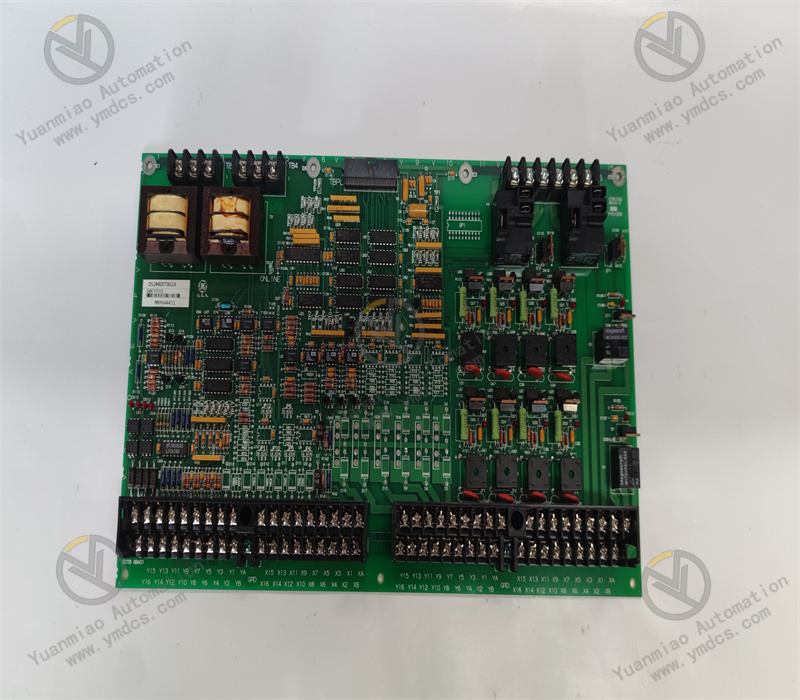
Functional Purposes
Industrial Control: It is highly likely to be used in industrial automation control systems, especially related to the control of large-scale equipment such as steam turbines and gas turbines, and it is part of the Mark V control system. It may be responsible for processing input and output signals, monitoring and adjusting the operating parameters of the equipment to ensure the stable and efficient operation of the equipment. For example, it monitors parameters such as the rotational speed, temperature, and pressure of the steam turbine, and processes these parameters according to preset logic and algorithms, and then controls the relevant actuators.
Data Processing and Communication: It has data processing capabilities and can analyze and calculate various collected analog and digital data. At the same time, it may support multiple communication protocols to interact and communicate with other devices or systems, enabling remote monitoring and networked management of the equipment. For instance, it communicates with the upper computer or other intelligent devices through Ethernet or serial ports, uploading the equipment operation data and receiving control instructions.
Hardware Specifications Processor and Chips: It may be equipped with specific processors and related chips to achieve its data processing and control functions. These chips may include microprocessors, digital signal processors (DSP), or application-specific integrated circuits (ASIC), etc., providing sufficient computing power and processing speed. Input and Output Interfaces: It has a rich variety of input and output interfaces for connecting various sensors and actuators. Common input interfaces may include analog input (AI) interfaces, which are used to receive analog signals from temperature sensors, pressure sensors, etc.; digital input (DI) interfaces, which are used to receive digital signals such as switch status. Output interfaces may include analog output (AO) interfaces, which are used to control devices such as control valves; digital output (DO) interfaces, which are used to control executive components such as relays and contactors. Storage Units: It is equipped with storage units of a certain capacity for storing programs, configuration parameters, historical data, etc. The storage units may include random access memory (RAM), read-only memory (ROM), or flash memory, etc., to meet different data storage requirements.
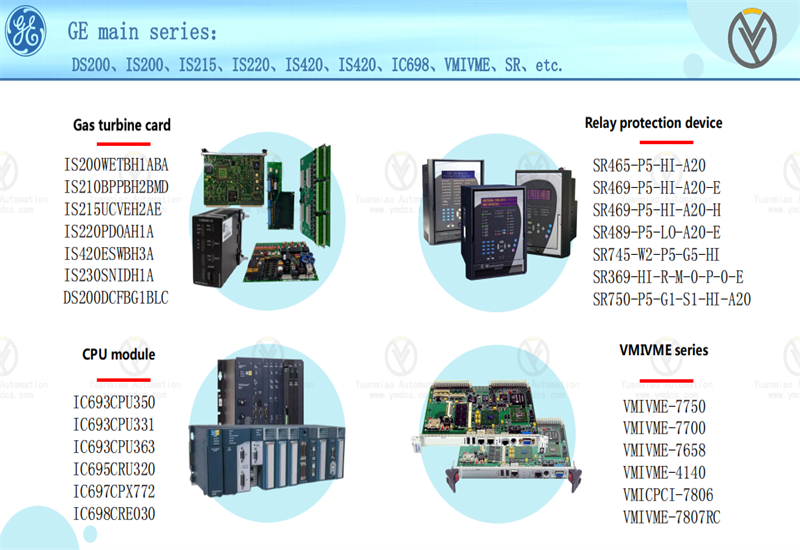
Physical Characteristics Dimensions and Shape: It usually has certain dimensions and a shape to facilitate installation in industrial control cabinets or equipment. It may adopt a standard board size design, making it convenient for integration and installation with other devices. For example, it conforms to specific industrial standard dimensions, which is convenient for arrangement and wiring in the cabinet. Installation Methods: It supports multiple installation methods, and common ones include DIN rail installation or screw-fixed installation, etc. In this way, an appropriate installation method can be selected according to the actual installation environment and requirements to ensure the stable installation of the equipment. Protection Level: To meet the requirements of the industrial environment, it may have a certain protection level, such as IP20, etc., which can prevent dust and small particles from entering the equipment, and at the same time provide a certain degree of protection for the equipment, improving its reliability in harsh environments.
Electrical Specifications Power Supply Requirements: It requires a stable power supply and may support DC or AC power input. The specific power voltage range may vary depending on the model. The common DC power voltage may be around 24VDC, and the AC power voltage may be 110VAC or 220VAC, etc. Power Consumption: In normal operation, it will consume a certain amount of power. Its power consumption level is of great significance for the energy management of the system and the selection of power supply equipment. Lower power consumption helps to reduce the operating cost of the system and the heat dissipation requirements.
Reliability and Stability
Anti-interference Ability: It has good electromagnetic compatibility (EMC) and can resist various electromagnetic interferences in the industrial field, such as the interferences generated by motor starting, frequency converter operation, etc., ensuring the reliable operation of the equipment in a complex electromagnetic environment.
Fault Diagnosis and Protection: It may have fault diagnosis and protection functions, which can monitor the operating status of the equipment in real-time. When a fault occurs, it will promptly send out an alarm signal and take corresponding protection measures, such as overvoltage protection, overcurrent protection, short-circuit protection, etc., to prevent equipment damage and accidents.
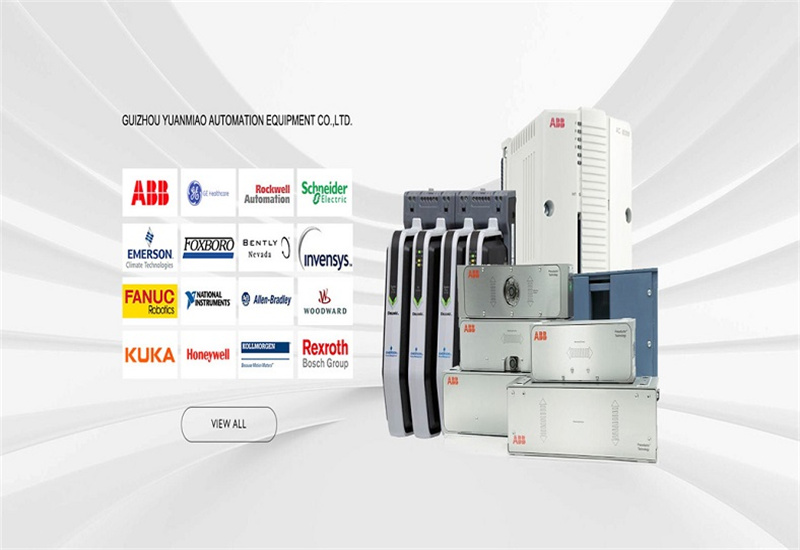
Main brands include: ABB, Bailey, GE, FOXBORO, Invensys TRICONEX, Bentley BENTLY, A-B Rockwell, EMERSON EMERSON, B&R, MOTOROLA, FUANC, REXROTH, KUKA, HONEYWELL, NI, DEIF, Yokogawa, WOODWARD, Ryan, SCHNEIDER SCHNEIDER, Yaskawa, MOOG, EPRO, PROSOFT and other major brands
【 Disclaimer 】 We sell new products and discontinued products, independent channels to buy such special products. Guizhou Yuanmiao Automation Equipment Co., Ltd. is not an authorized distributor, dealer or representative of the products featured on this website. All product names/product images, trademarks, brands and microlabels used on this Website are the property of their respective owners. Descriptions, depictions or sales of products with such names/images, trademarks, brands and logos are for identification purposes only and do not imply any association or authorization with any rights holder. This article is from the official website of Guizhou Yuanmiao Automation Equipment Co., LTD. Please attach this link:http://www.ymdcs.com/GE/


